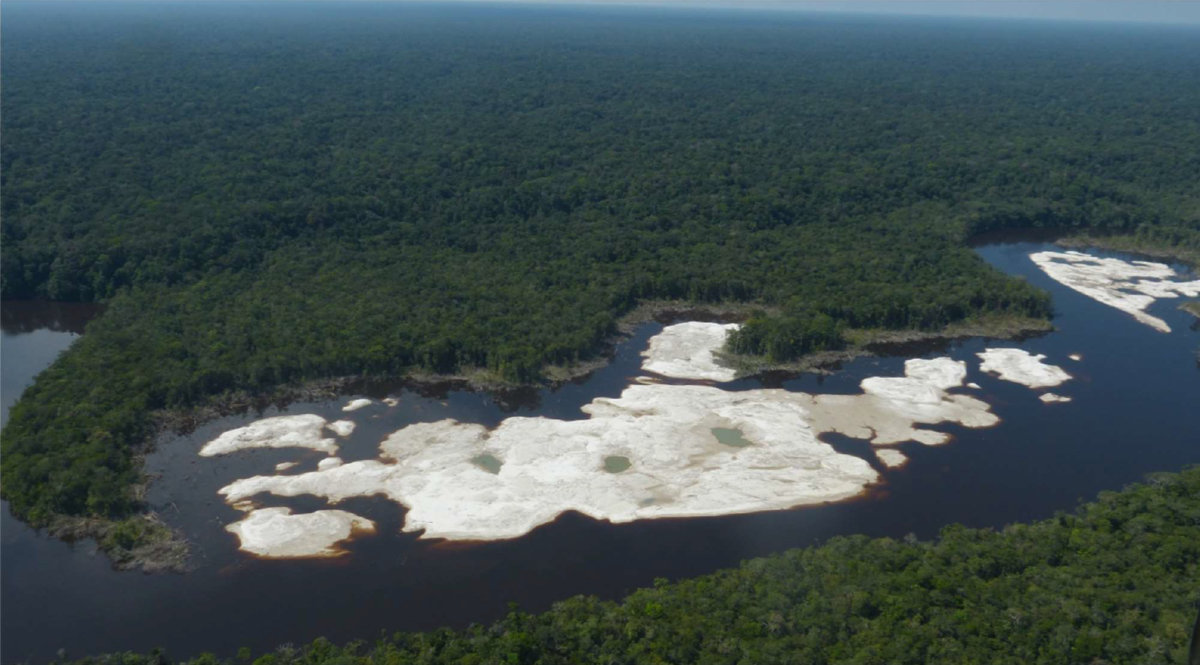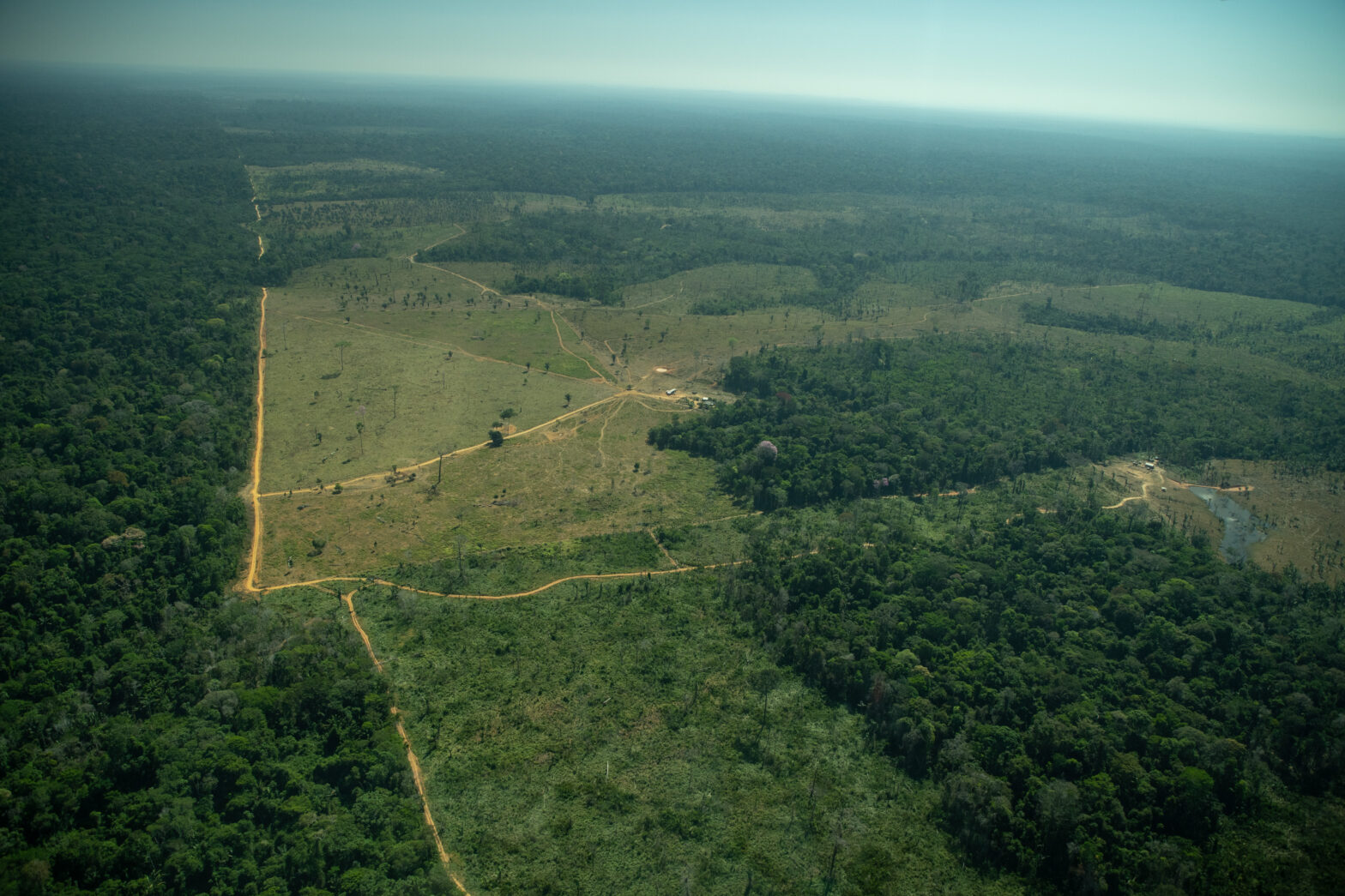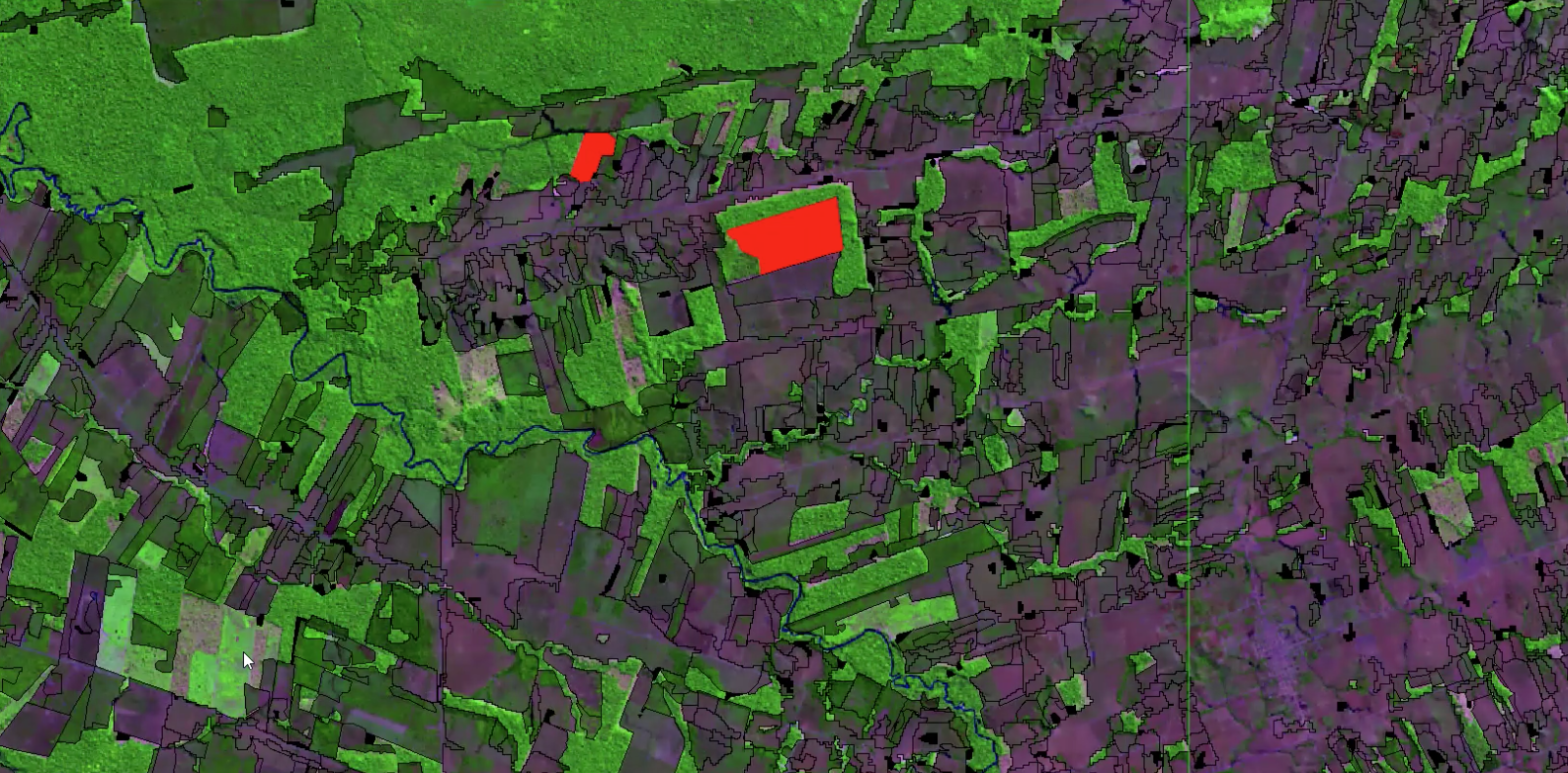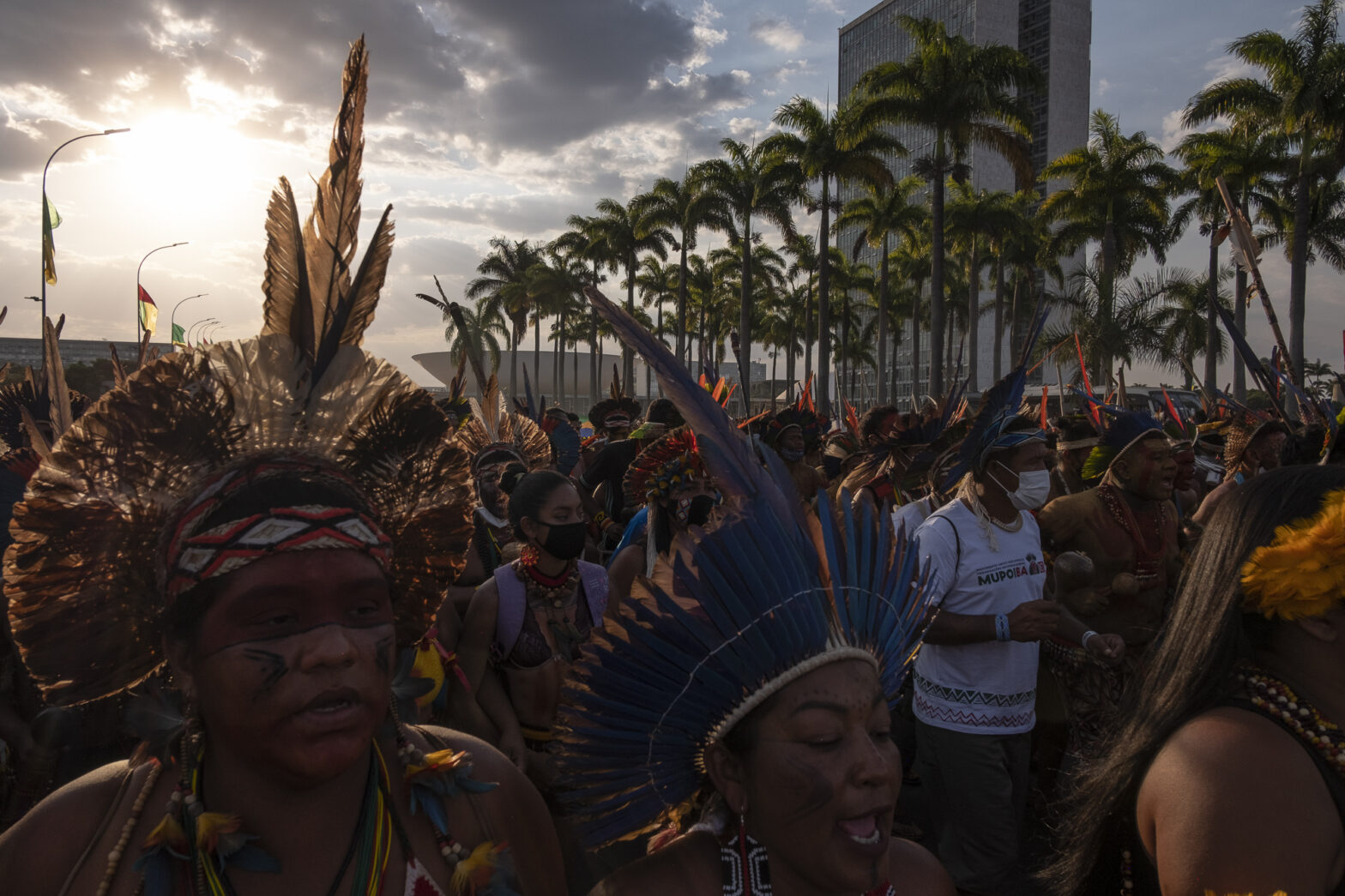Official report identifies dredges and boats supporting the crimes at the Juami-Japurá Ecological Station, in the state of Amazonas. Impacts on the integral protection area have been growing since 2019.
A report obtained exclusively by InfoAmazonia and PlenaMata reveals deforestation because of illegal gold mining has been growing since 2019 in the Ecological Station (ESEC) Juami-Japurá, 700 kilometers away from the state capital, Manaus, and near the Brazilian border with Colombia. Satellite images prove that crimes in the integral protection area, where no extraction activities are allowed, have increased over the first months of 2022.
Juami-Japurá has been a federal conservation unit since 1983 and houses forests, scientific research, and the winding Juami River, a tributary of the Japurá River, which comes from Colombia and flows into the Solimões River in Brazil.
“Official warnings about deforestation and forest degradation, reported sighting of dredges, satellite images showing changes in the bed and sedimentation of the Juami river, even during the dry season, when this should not occur, all point to the existence of illegal mining in the protected area,” said researcher Antonio Oviedo, from the Instituto Socioambiental (ISA) after getting access to the satellite images.
Map locating the ESEC Juami-Japurá and four areas within it, along the Juami river, where satellites have detected intense mining activity.
Inpe’s mining-related deforestation alerts point to 531 hectares of forests lost since 2019. This year, 23 hectares have already been felled in areas where there should be no deforestation by law. Satellite images from the Planet system analyzed by the reporter show that mining has spread along almost the entire Juami River and continues to increase in 2022. A 198 km stretch of the river is affected by illegal mining. The extension does not refer to the areas of scars left by the prospecting, but a linear measure from the mouth of the river (where the Juami meets the Japurá) to the southernmost point where it was possible to prove mining activity.
The ICMBio and military report on their observation flight, conducted on August 17, 2021, listed 31 dredgers and 5 boats linked to the crimes in the protected area.
The material, from the Tefé Integrated Management Center, describes that the “Juami River is compromised along its entire path, until very close to its right head. Only its left tributary is apparently free from the impact of illegal mining, at least for now.”
The document describes “consecutive stretches of destroyed riverbanks and successive and increasing sandbanks, resulting from dredging” that dominate the landscape and intensify upstream, “compromising almost all of its course.” In the report and satellite images, it is possible to see both the sandbanks and the so-called “dredge burps”, a mixture of off-white sand and stone sucked by the dredges at the bottom of the river to the top.
There are records of paramilitary groups operating in the station. “The situation is getting worse every day in the region, where there is a collusion of organized crime from Brazil and neighboring countries,” a federal government employee, who will not be identified to avoid retaliation, told InfoAmazonia. The ICMBio report states that “there are infiltrated members of paramilitary groups from Colombia sponsoring the mining activity and finding Brazilian communities and extractivists.”
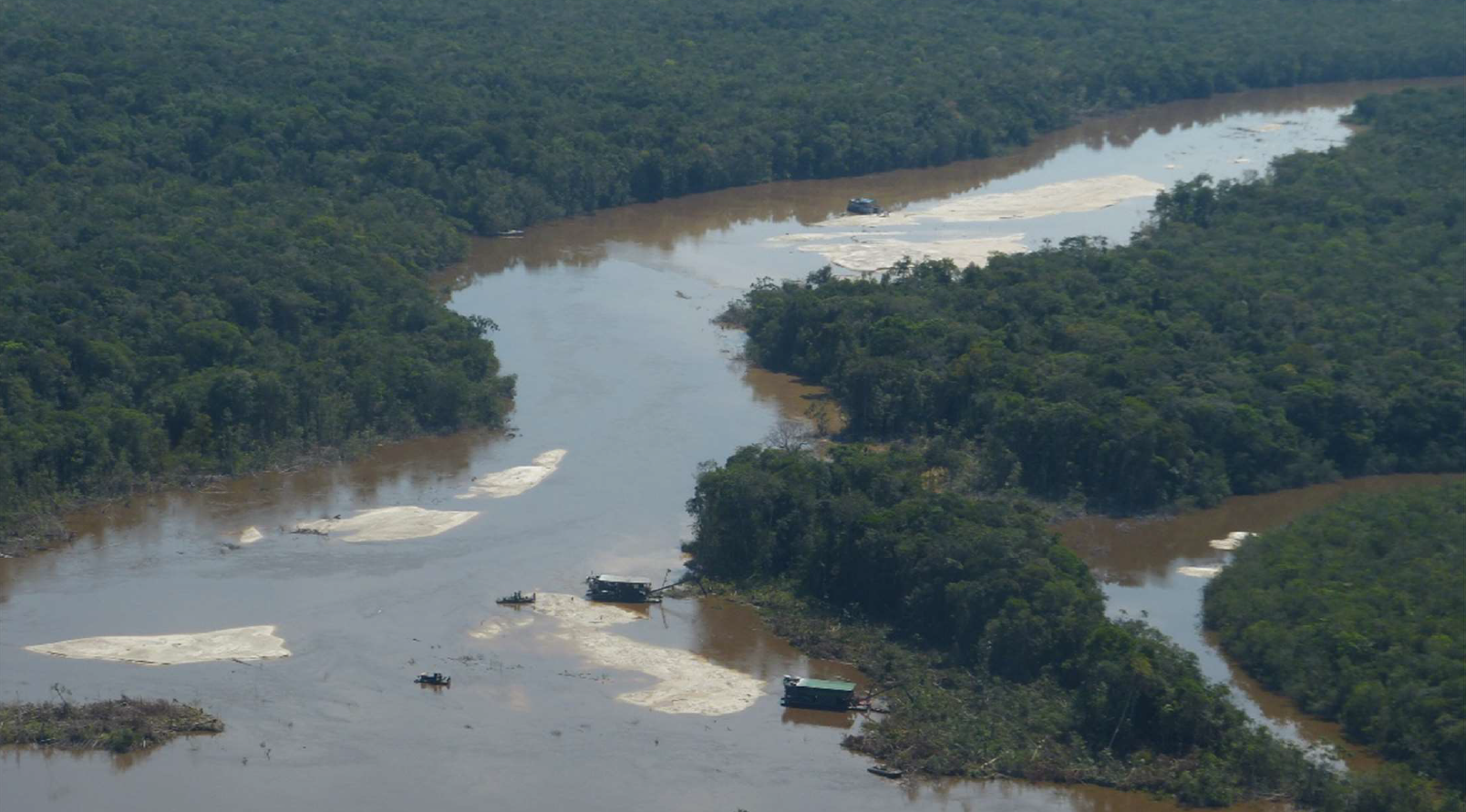
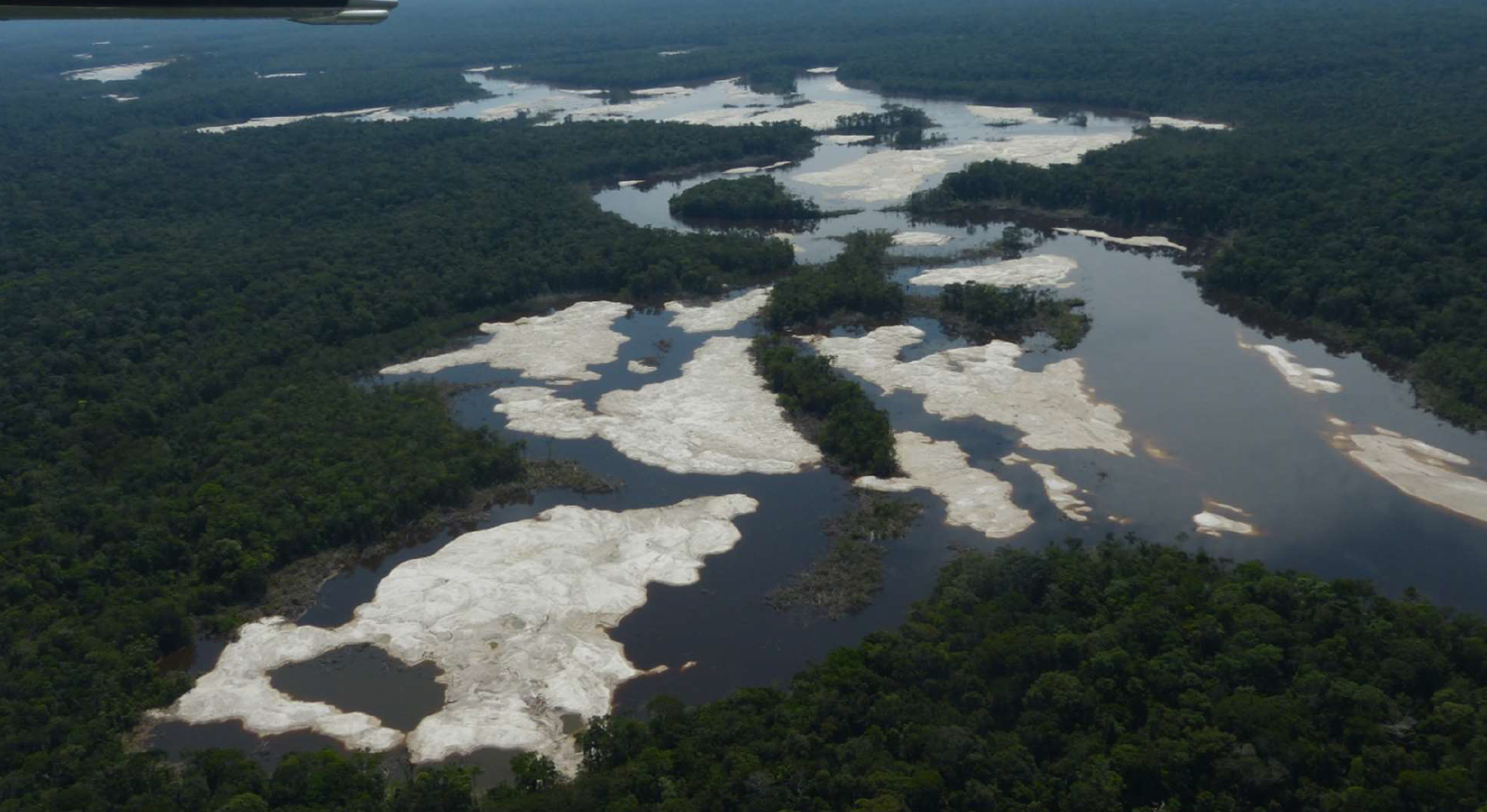
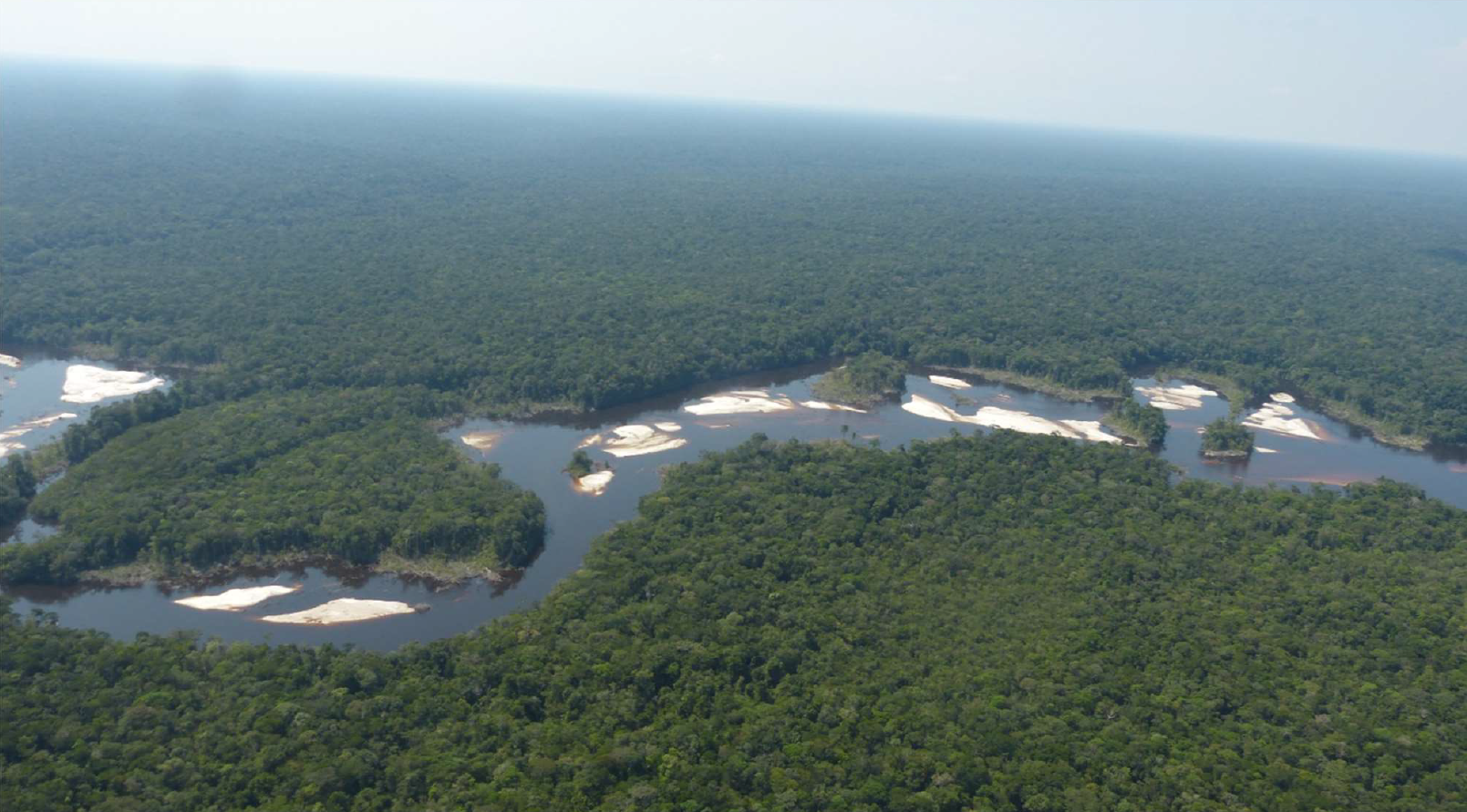
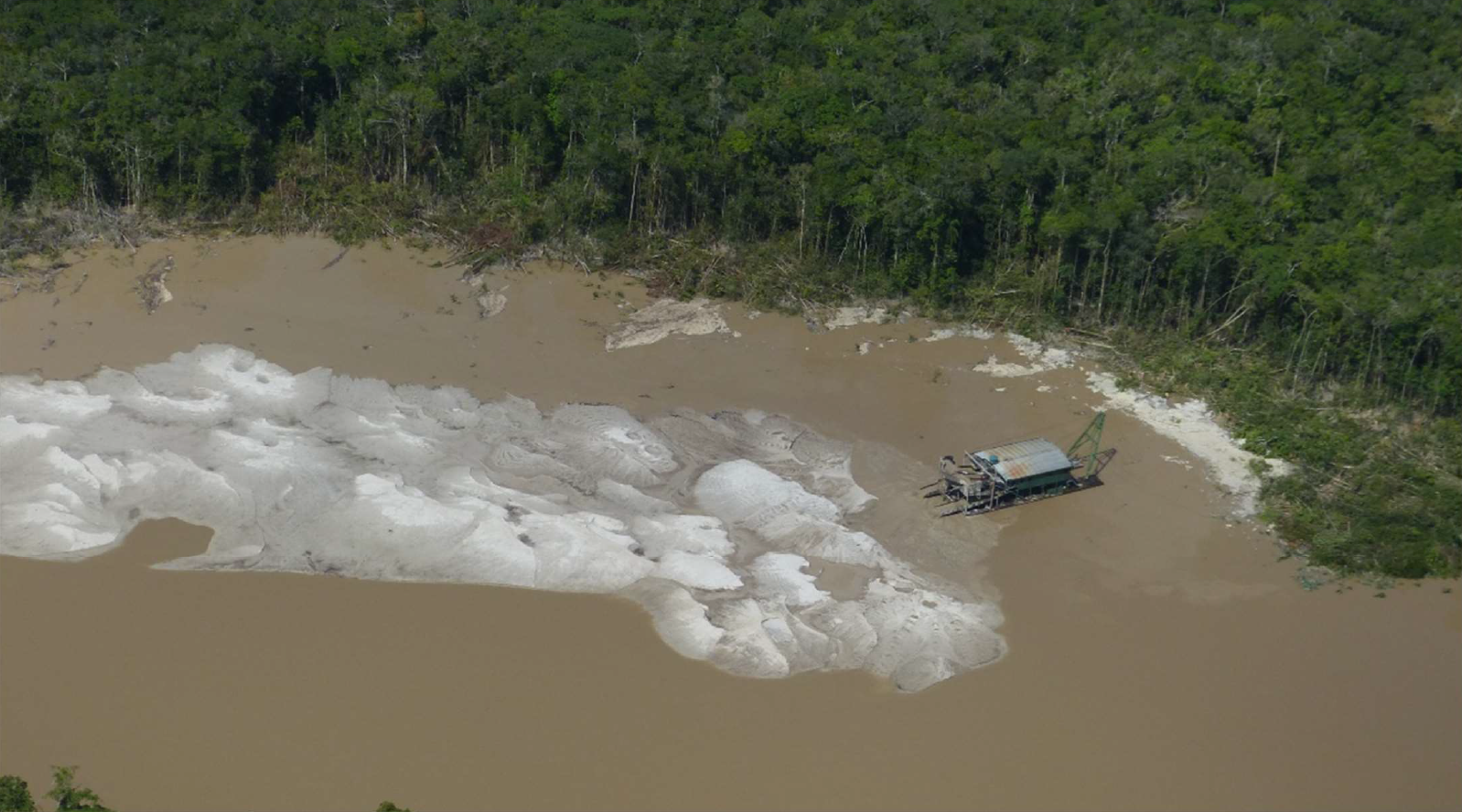




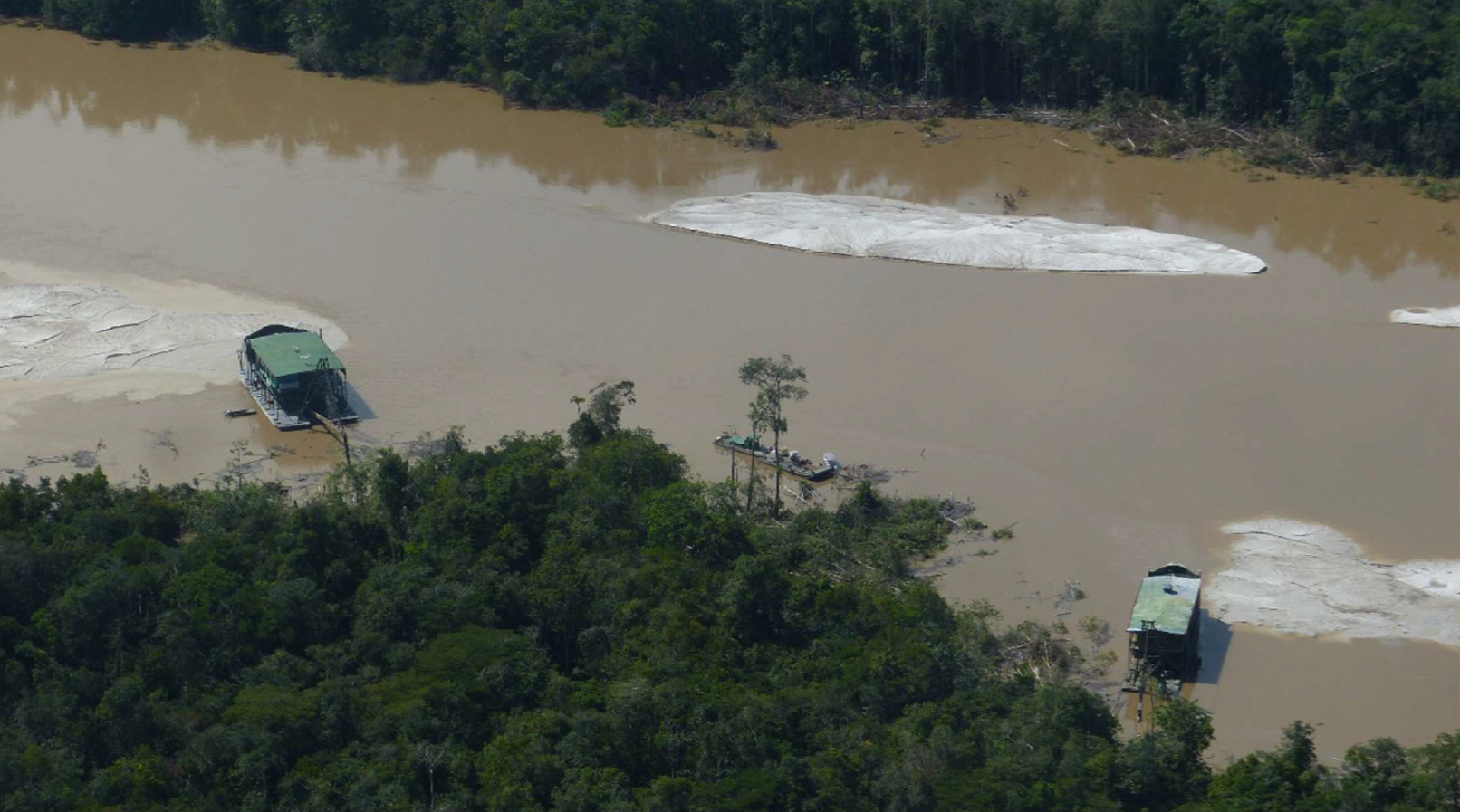
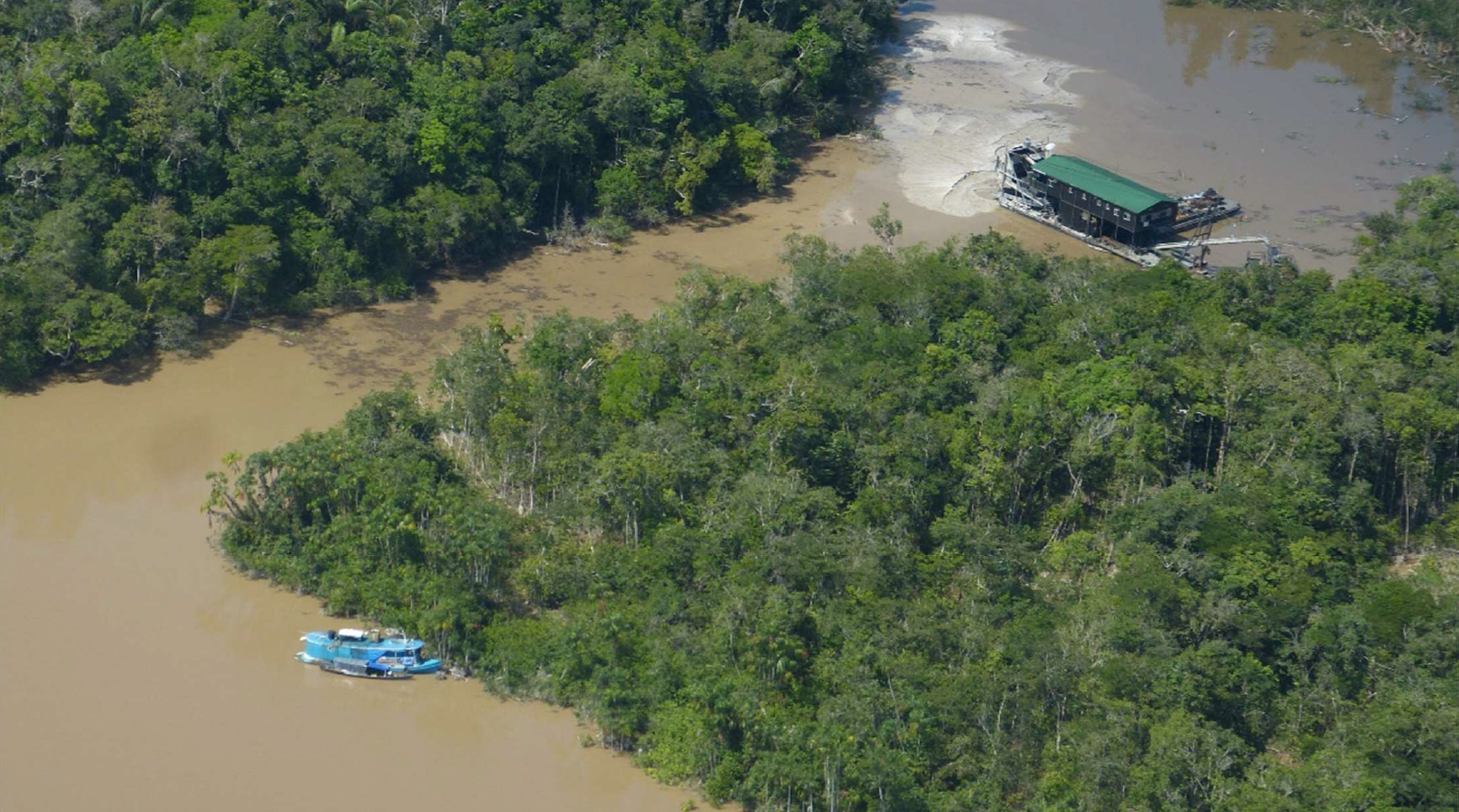
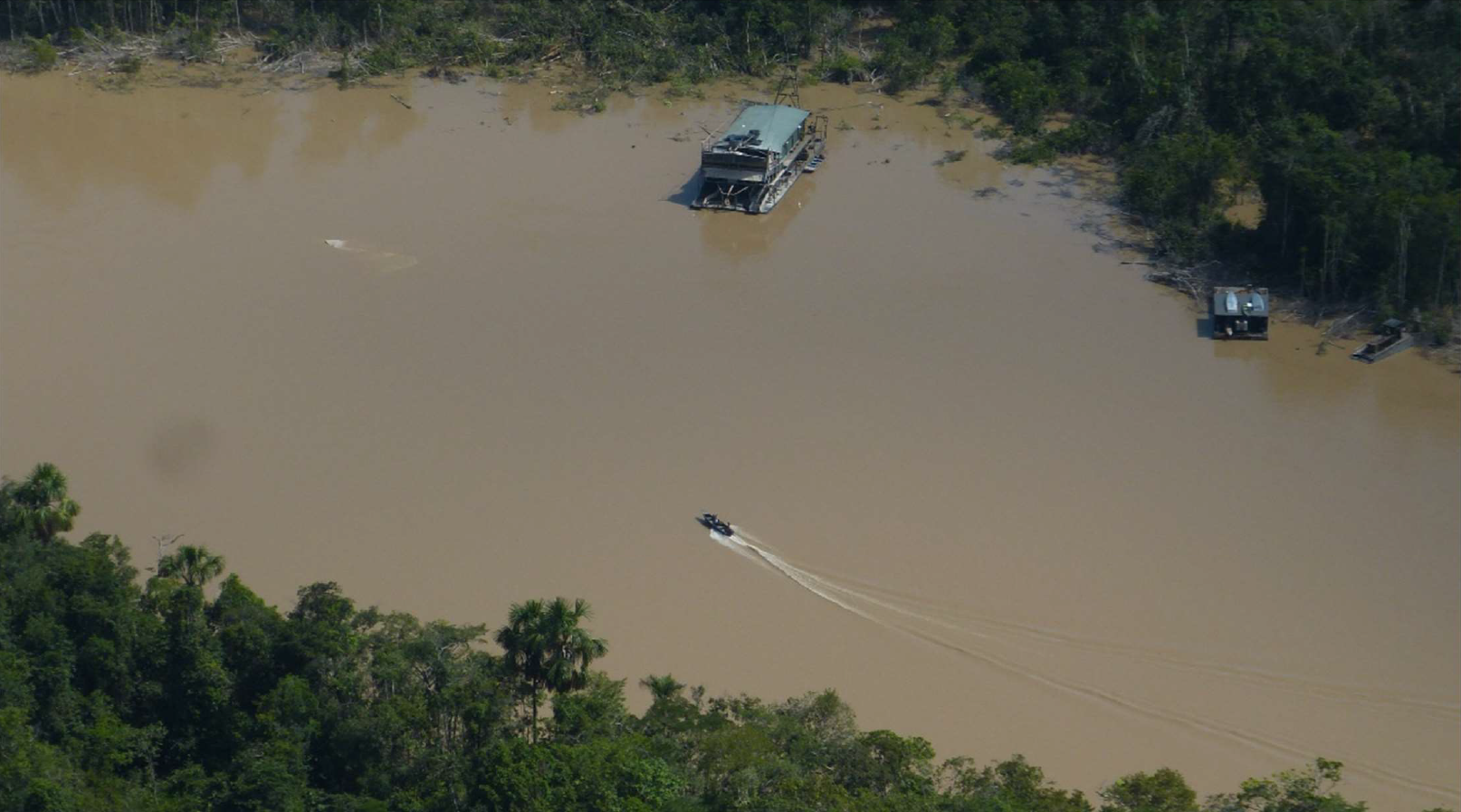
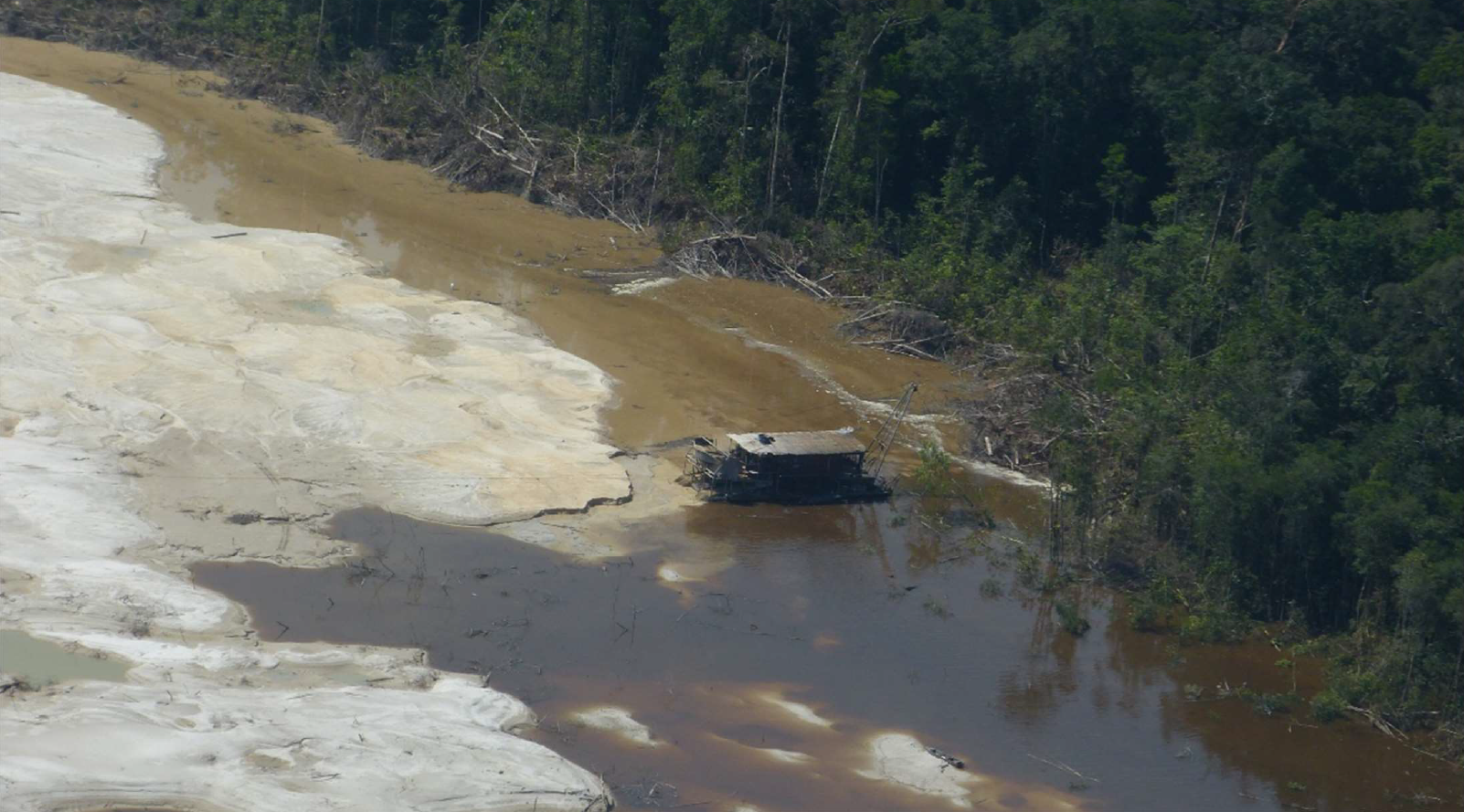

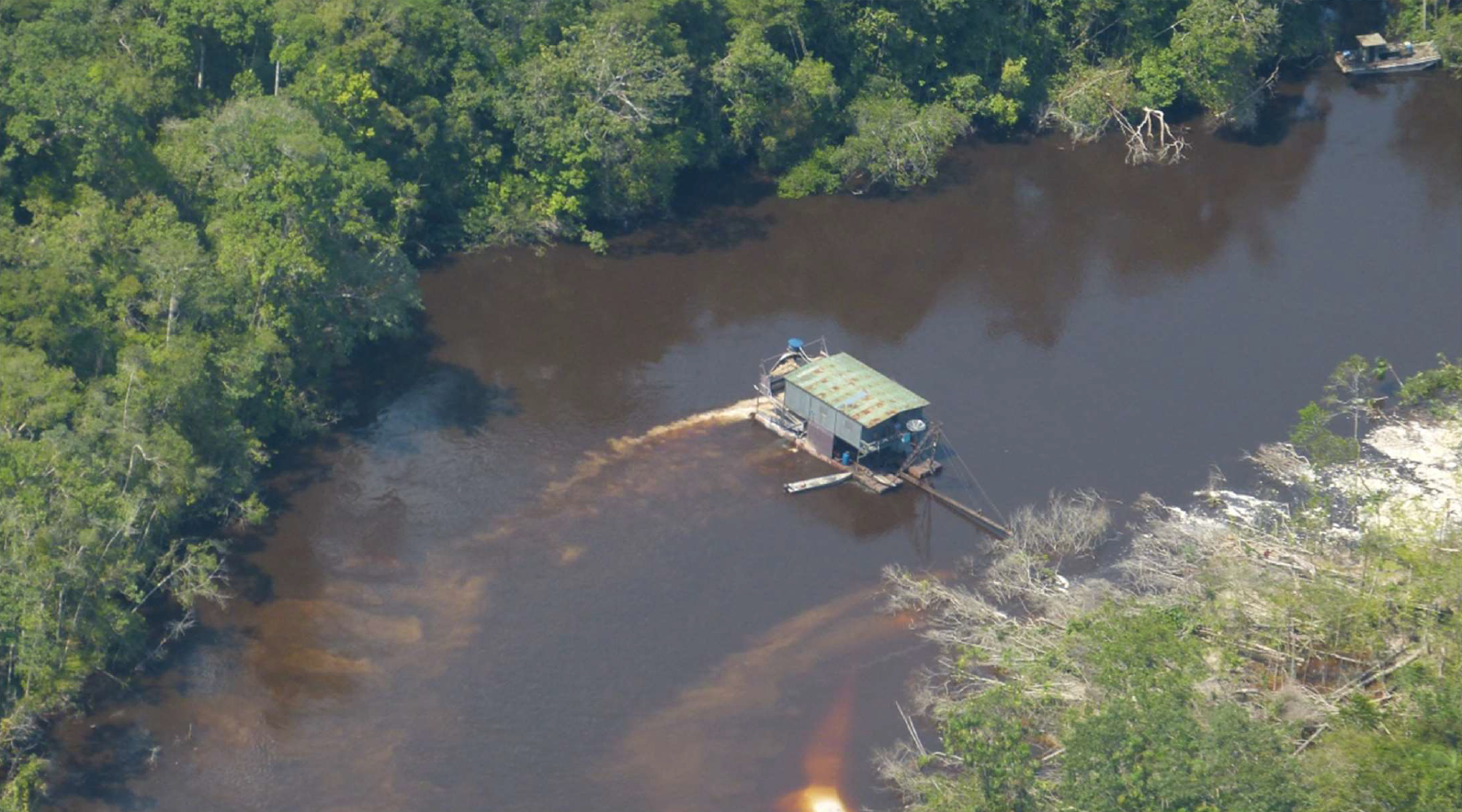
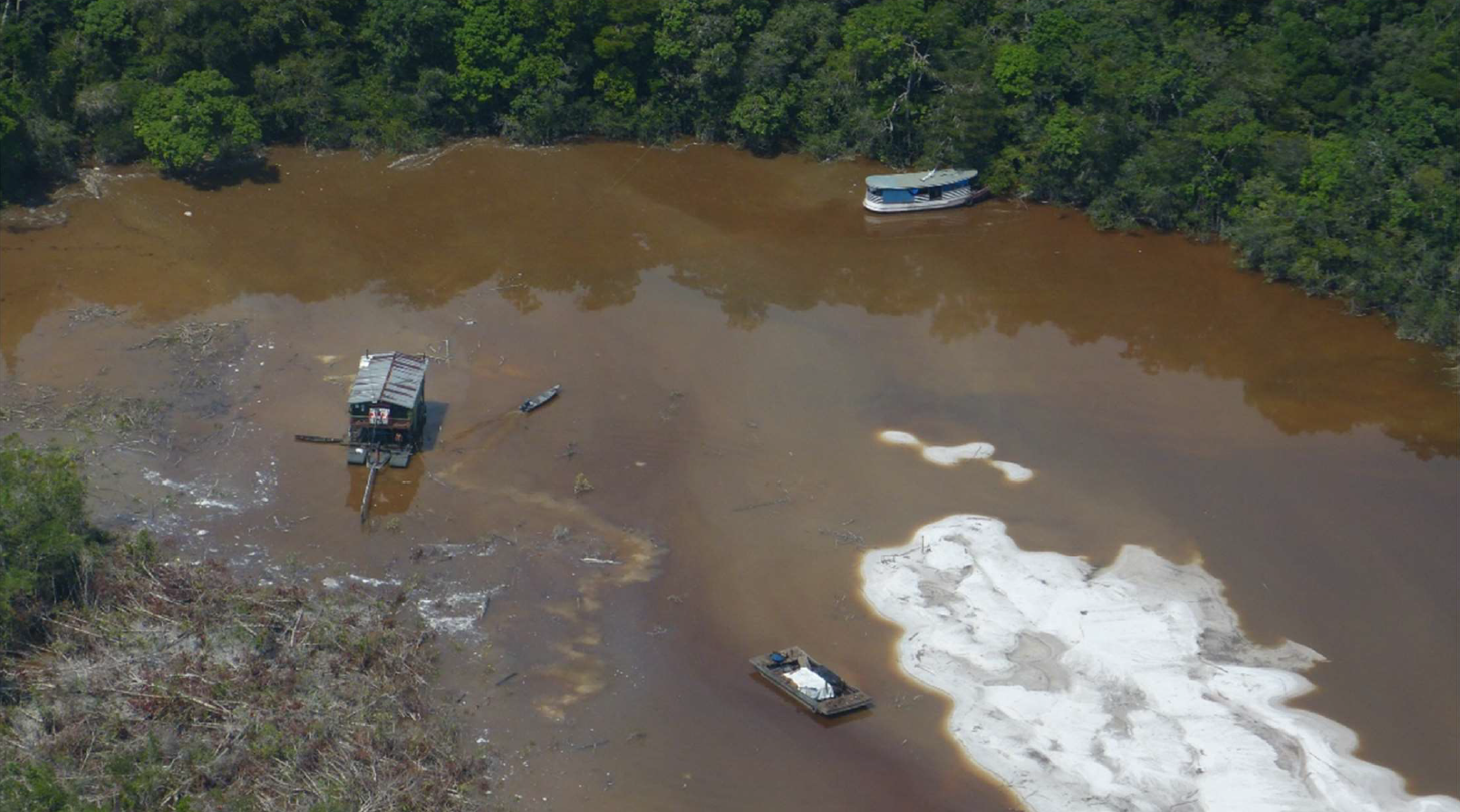
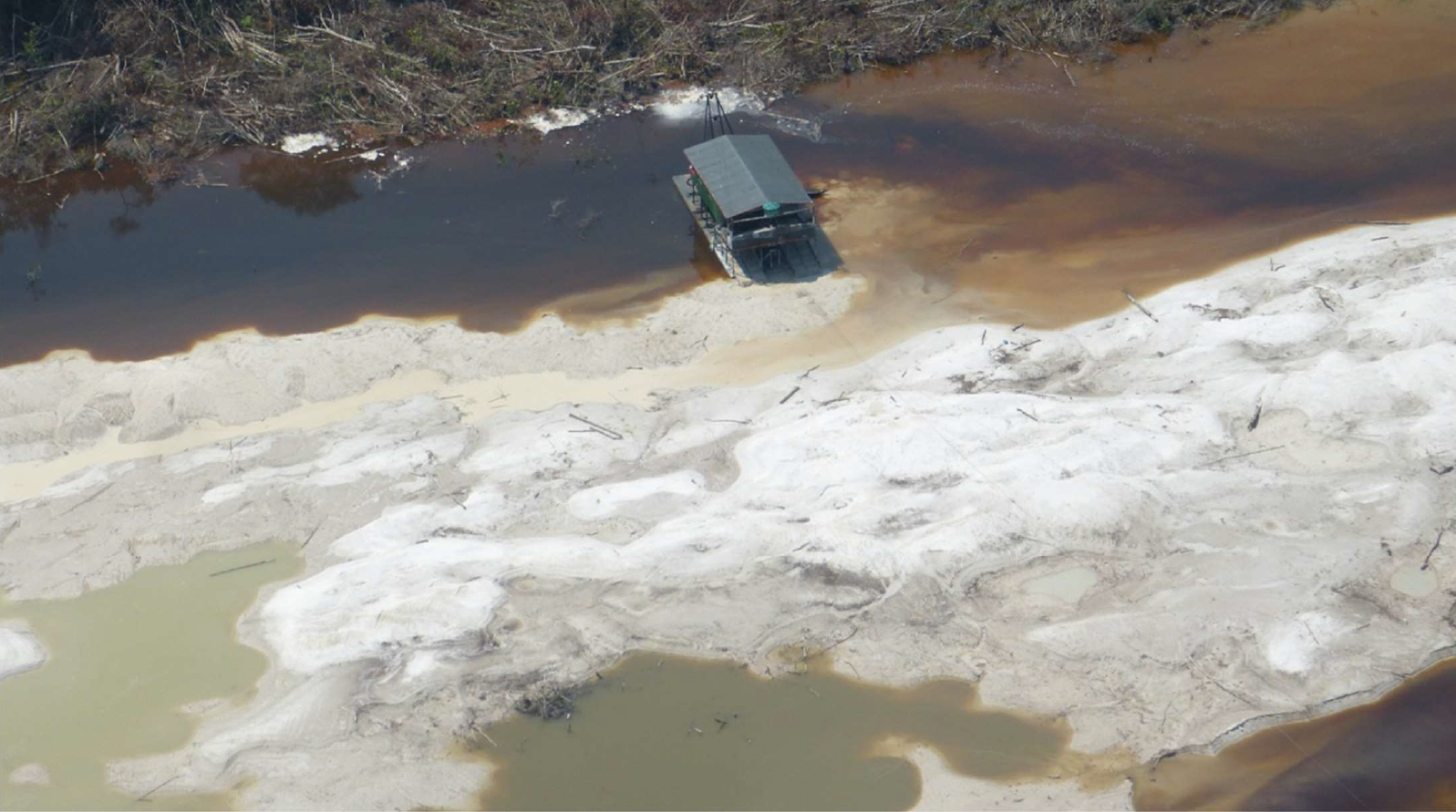
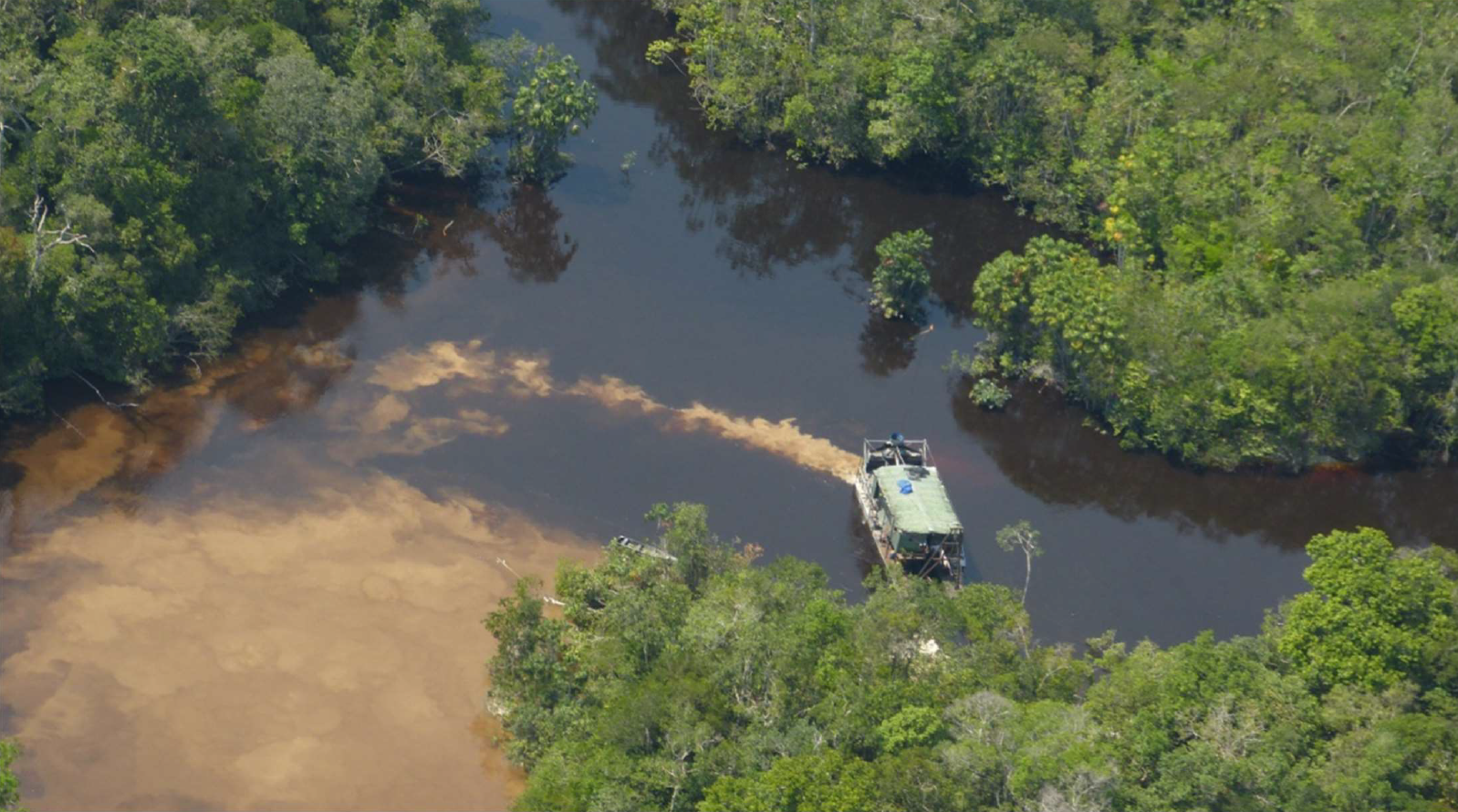
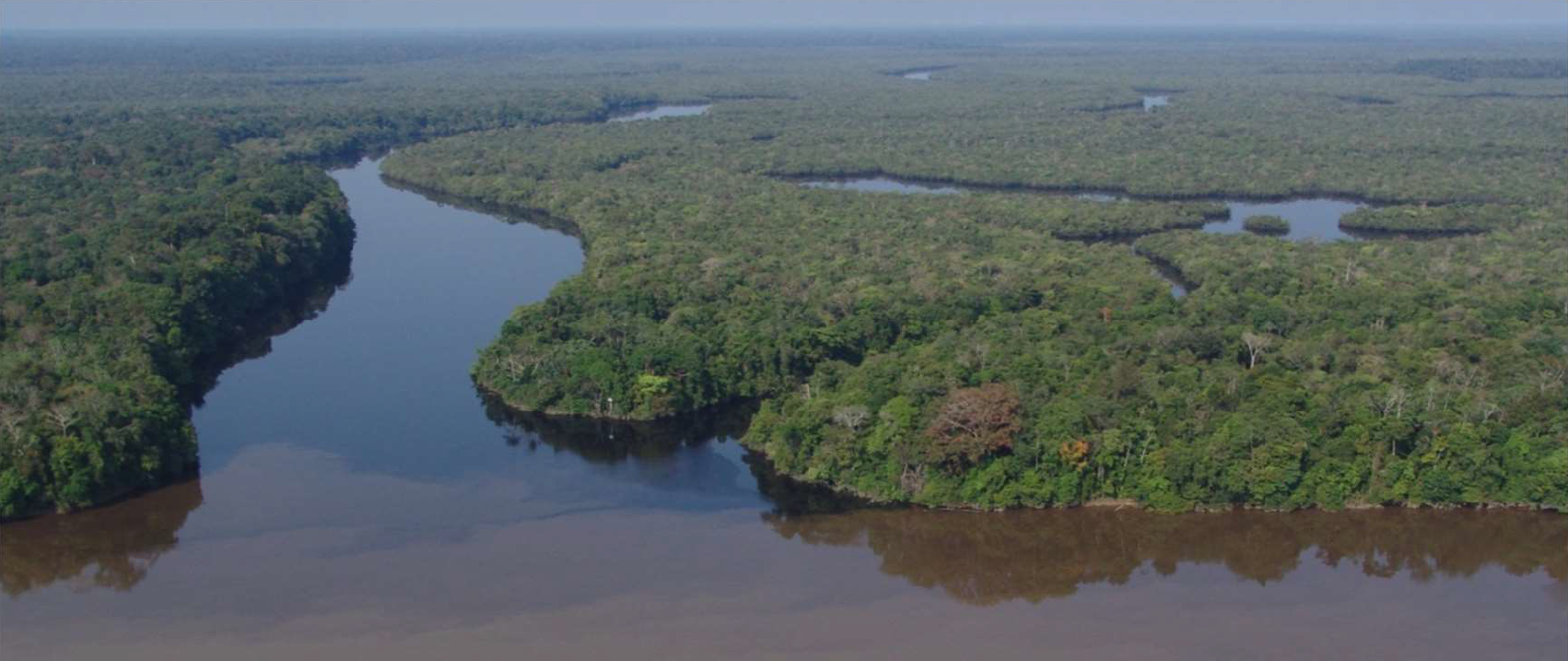
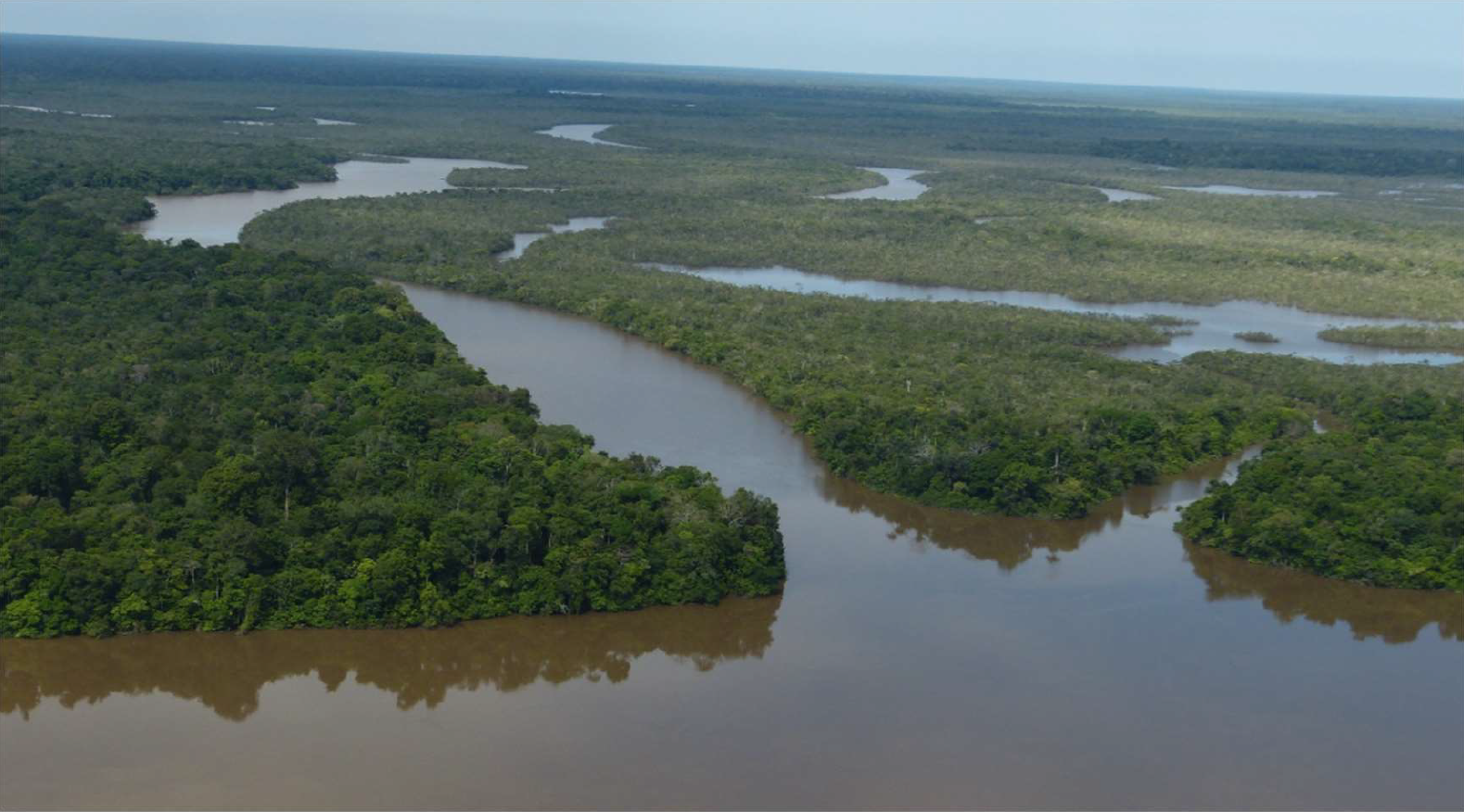
The document recognizes that the ecological station had already been the target of mining activity in the 1990s and reported that there has been no record of the activity since 2003. But the lack of staff, inspection, and infrastructure, combined with the increase in the price of gold, made mining return in 2019, when 4 dredges were identified. Illegal prospectors hunt and fish, deforest, and contaminate land and water with mercury and other chemicals harmful to people and wildlife.
Police actions reinforce that the protected area is the target of illegal actions. In August 2021, the same date as the report, the Federal Police arrested 9 people in the municipality of Jupará, near the ecological station, for mining and mercury use, money laundering, and arms and drug trafficking. In September of the previous year, the Civil Police had already arrested two women in Coari (363 km from Manaus) with 87 grams of illegal gold coming from Japurá.
There are infiltrated members of paramilitary groups from Colombia sponsoring the mining activity and finding Brazilian communities and extractivists.
ICMBio’s report
When contacted, Ibama, ICMBio, and the Federal Police did not comment on the ecological station’s situation before the time of publication. By e-mail, the Amazon Military Command stated, generically, that it acts in a preventive and repressive manner together with other federal and state agencies “against environmental and cross-border illicit acts permanently in the border area under its responsibility, protecting the sovereignty of the country in the western Amazon”.
Illegal gold taken from Juami-Japurá and other areas is usually “laundered” in securities distributors (DTVMs), in which it is enough to inform, on a paper form, that the ore was extracted from an area authorized by the National Mining Agency. It is then sold to companies in the country or exported. DTVMs buy gold from mines with Central Bank approval and are the subject of investigations.
“Brazilian law is very lenient and assumes these transactions take place in good faith. This leads to ‘gold laundering’, with the registration of potentially false origins for gold which may have been extracted from protected areas, such as conservation units and indigenous lands,” pointed out the lawyer Rebeca Lins, project analyst at the Escolhas Institute.
A study by Escolhas showed evidence of crimes in 47% (229 tons) of national gold production between 2015 and 2020. Half of it came from the Amazon. The study shows that 1/3 of the gold from the Amazon passed through just 5 DTVMs. The Federal Prosecutor’s Office is investigating these companies.
“Poor traceability undermines enforcement and encourages illegal trade. The search for gold threatens 6.2 million hectares of conservation units and indigenous lands in the Legal Amazon through mining requests, equivalent to two times the size of Belgium or 40 times the city of São Paulo,” said Rebeca Lins.
The search for gold threatens 6.2 million hectares of conservation units and indigenous lands in the Legal Amazon through mining requests, equivalent to two times the size of Belgium or 40 times the city of São Paulo.
Rebeca Lins, lawyer and Instituto Escolhas’ project analyst
A MapBiomas study shows that the Amazon holds 94% of the area with artisanal and industrial mining in the country, or 149,300 hectares. Of these, mines take up 101.1 thousand hectares, or 68% of the total amount. From 2010 to 2020, the area affected by mines jumped 495% in indigenous lands and 301% in conservation units. Last year, half the national illegal mining took place in these protected areas.
The Bolsonaro administration’s actions are sympathetic to the advance of illegal mining. In August 2020, prospectors who blocked law enforcement actions in Pará were taken on a Brazilian Air Force flight to Brasília (DF) for a meeting at the Ministry of the Environment. The government also has Bill 191/2020, which is being processed as a matter of urgency in Congress, releasing mining and other activities on indigenous lands and threatening the existence of these groups.
Map and graphics by Bruno Vianna. Access to satellites images made easy by Pulitzer Center.
InfoAmazonia’r special report for PlenaMata project.


